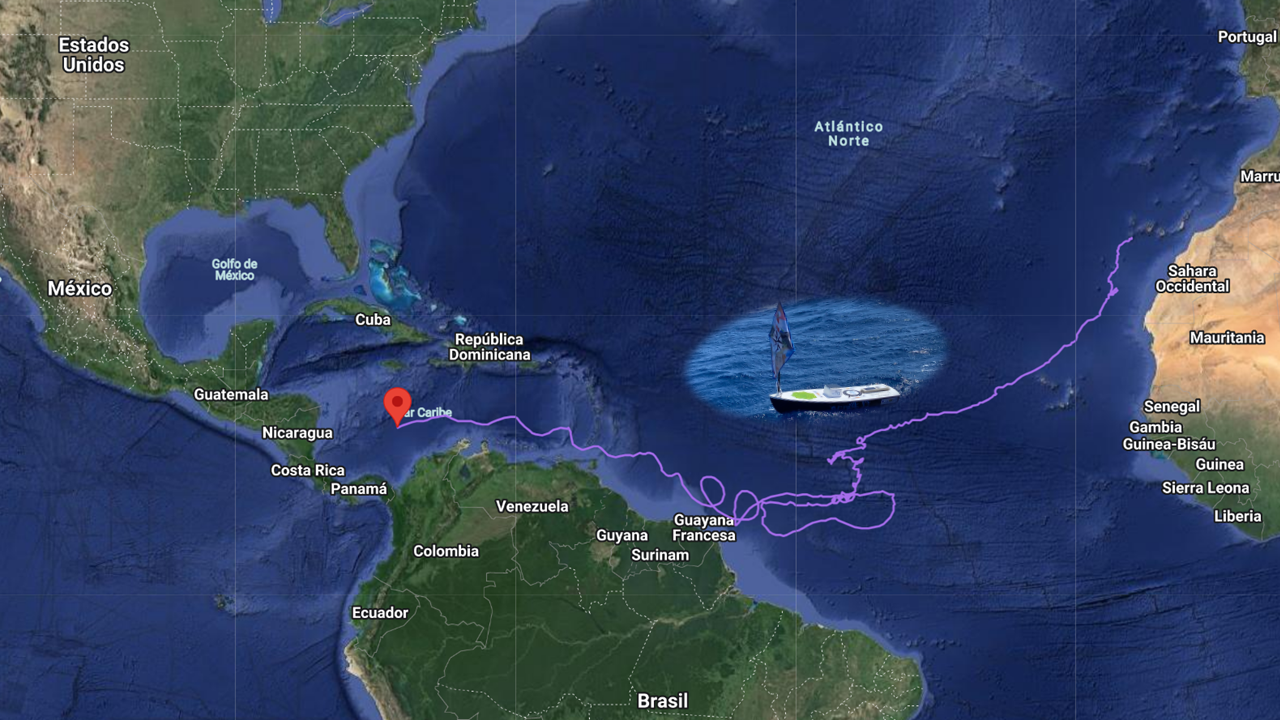The Oceanic Platform of the Canary Islands (PLOCAN) has put into operation in waters off the west coast of La Palma affected by the eruption of the volcano an autonomous surface vehicle (wave glider) equipped with scientific instruments that allow continuous measurement of meteorological atmospheric variables on the surface and water salinity, temperature, dissolved oxygen, and ocean sound. The information is available in real time and in an open format for the community on the PLOCAN website.
The vehicle is a surface glider that travels using wave energy. A series of transects has been carried out in waters close to the lava spill, outside the exclusion zone, in the zone near the strip caused by the magma and in areas further away from the coast. All operations are directed from PLOCAN’s Wave Glider Operations Centre (WGOC).
The wave glider is one of the observation instruments that PLOCAN deploys in waters near the volcano of La Palma. In the near future, new technological devices will be added in order to create a time series of data that will provide information on how the state of the environment and the situation of its marine biodiversity are evolving in the short, medium and long term.
The west coast of La Palma, and precisely the one near the new strip created by the lava spill, concentrates one of the main populations of cetaceans in the Canary Islands, so that among the devices installed in the wave glider there are acoustic sensors to detect the presence of marine fauna.
Although the sensors need to be analyzed in detail and post-calibrated to validate the data, for the moment ocean data (salinity, temperature, dissolved oxygen) allow observing minimum variations in temperature and salinity. The vehicle has approached a distance of about three kilometers from the lava flow for several days. The data will have to be contrasted with other instruments.
The sounds collected by click and whistle detectors have indicated the frequent and highly possible presence of dolphins and/or pilot whales in various areas, far away and closer to the volcano.
PLOCAN technicians will install in the coming days new instruments to measure in a timely manner with mobile systems, and will organize continuous and fixed monitoring in the area, which is useful to see how the waters affected by the lava flow evolve, with various scientific functionalities and information to civil society. An ambitious program of collaboration with other institutions is being developed, especially to facilitate open observations that can be used by university scientists, the administration and interested citizens.
The data that the wave glider is collecting and permanently sending can be freely consulted through the internet on the PLOCAN website.



